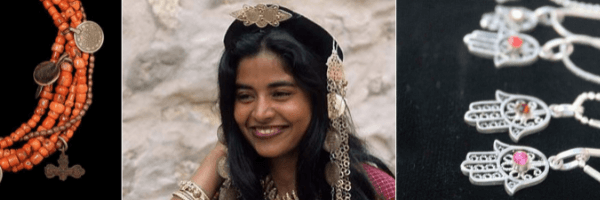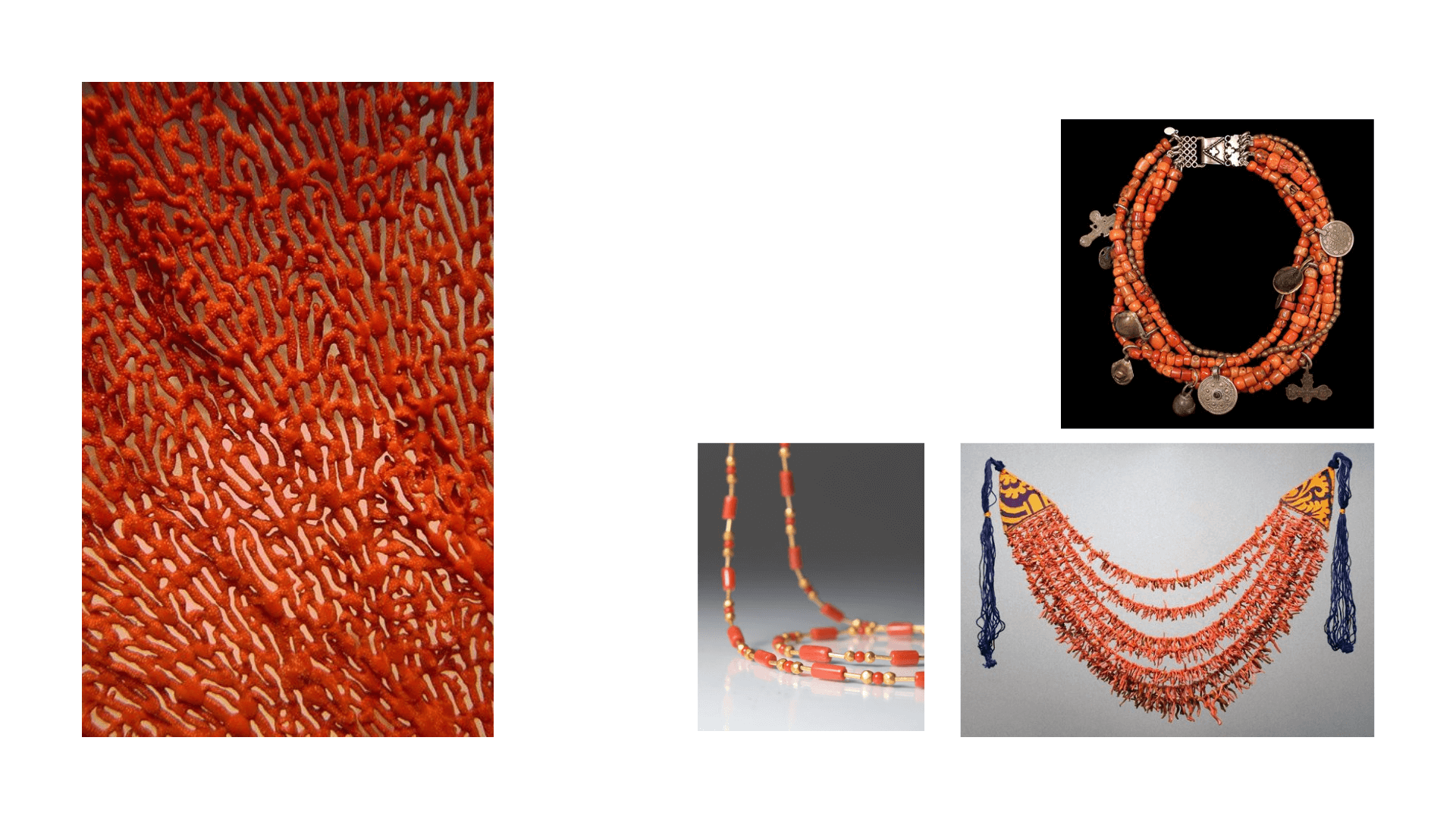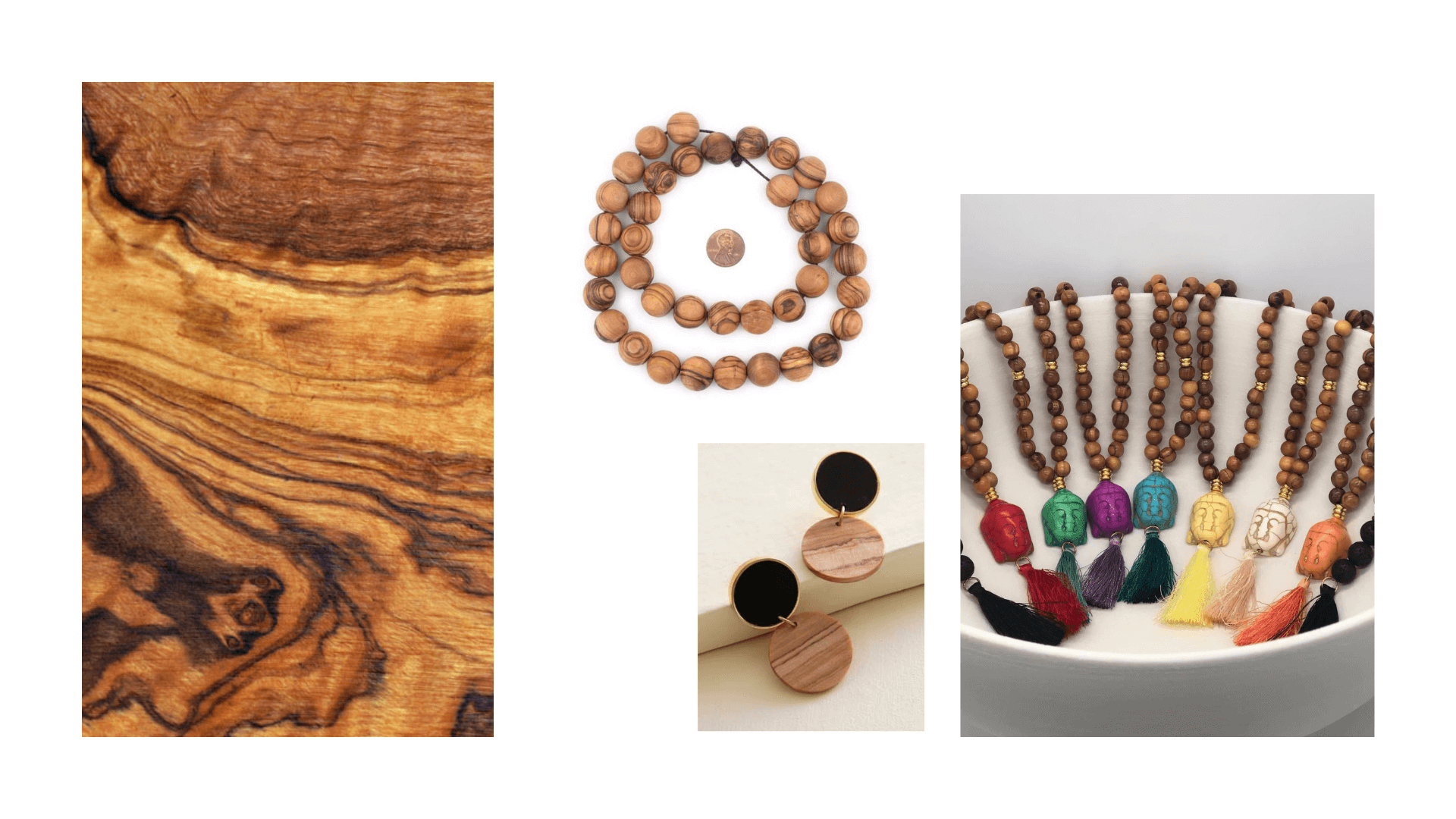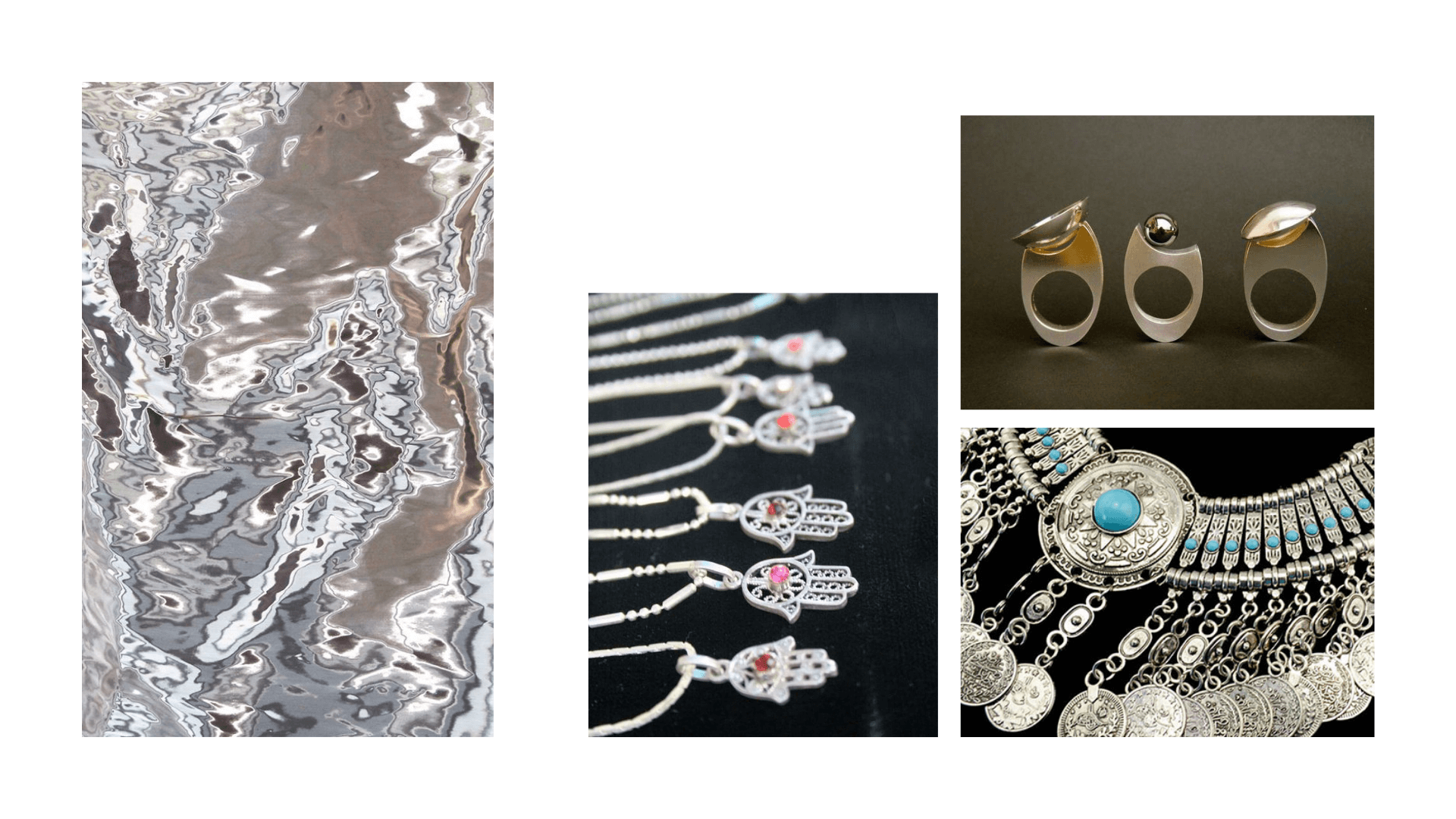
What Is Artisan Jewelry?
Handcrafted jewelry is distinct from mass produced jewelry, because it can be part of a limited series, or even made in a single copy. It can be made up of many materials, not necessarily precious, and which give the piece its originality: paper, glass, cardboard, resin, plastic, wood, leather, recycled materials, and finally, gemstones (precious, fine or organic: coral, mother-of-pearl, etc.).
Tunisian Jewelry - A Woman’s Treasure
Tunisian traditional jewelry pieces are ornate, rather massive, and very beautiful. They are used not just to adorn the costume of a woman but as a means of energetic protection, a way of honoring the ancient tradition, and for economic purposes as well. The jewelry collection of a Tunisian woman equals her private bank account. She’s able to manage it as she likes – buy, sell, barter, present or receive as a gift, etc. Vintage jewels are often transmitted within generations of the family. Modern Tunisian women still prefer the traditional jewelry items to ordinary ones used around the world.
Tunisian traditional jewelry was largely inspired by the Arab-Muslim geometric forms, but also by Jewish jewelers who came from Palestine in the 17th century. Among the most popular items are jewelry pieces made from gold sovereigns and other coins; these coins are used in necklaces, earrings, to adorn the headdress etc.
Amazighen Jewelry - A Sacred Adornment
Different regions of Tunisia and different ethnic groups who dwell in this country have their own clothing traditions and thereafter unique jewelry traditions as well. One of the biggest minority groups in Tunisia is Berbers or Amazighen. It is a large ethnic group located in North Africa (it covers a part of the territories of Tunisia, Morocco, Algeria, Libya, Egypt, and several others). The Amazigh culture is very rich and ancient; these people honor and highly protect their traditions and beliefs. The main jewelry items in Amazigh culture are necklaces, large earrings (often complemented with a chain passing over the head and pendants at the temples), brooches, and bracelets. The components of these jewels can be coins, semi-precious stones (amber, pearls, and coral), shells, small pendants, etc.
Amazighen believe in the sacred value of the jewelry pieces. They often use them as charms and talismans. That’s why there are some strict requirements to the jewels, but most of them are kept secret from foreigners. Sometimes, it is an exact number or components (for example, a tlila necklace must have 7 coins in it), in other cases, the careful choice of materials, and so on. We’re lucky, Amazigh tribes have largely kept their jewelry traditions, therefore we’re able to appreciate firsthand the beauty of Amazigh jewelry pieces.

Since The Dawn Of Time
Like any jewelry, handmade jewelry is a fashion accessory, so it has an ornamental but also a social function. Stigmatized as an essentially feminine element of adornment, jewelry for both sexes has been found in all civilizations since the dawn of time, as well as tattoos and body paintings. Jewelry of all kinds have been found all over the world in all kind of excavation sites and each piece teaches us something about the people, places and cultures before us. Jewelry is, since the dawn of the Neanderthal before Paleolithic Europeans, made by humans to adorn, give cultural and societal status and often has spiritual meaning.
The jewelry craft has so many branches that one person could not practice all of them. Making and selling a piece of jewelry involves so many people who specialize in many sub-areas of the craft. The next three types of jewelry materials we’ll briefly be discussing are those -but not limited to- that are some of the most significant for the Tunisian creation of jewelry.
Coral jewelry
You might have a piece of coral jewelry lying around somewhere in your house. A pendant offered by your mother or a necklace found at a private sale, and that you wear from time to time to bring that touch of color, and that Mediterranean flair to your outfits. Red coral is in great demand both in jewelry, but also for bedazzling evening dresses or accessories. It has been harvested for centuries in our rocky seabed on the Coral Coast, which stretches over 300 km, between Bizerte and Tabarka.
Coral is classified as organic, along with others such as amber, mother of pearl, and pearl. These are grouped with precious stones under the denomination of "gemstones", in other words fine, ornamental, and attractive colored stones. As a result, coral remains highly prized by connoisseurs here and elsewhere, in particular by our Italian or Corsican neighbors. Those on the lookout for purity and naturalness but also for the nobility of the material and its brilliance, are snatching it up at exorbitant prices!

Wooden jewelry
Wood is used much less than other classic organic jewelry materials, such as pearls, mother-of-pearl and coral, it is nonetheless a material of choice for making original jewelry.
Because of the spiritual meaning of olive wood, it is often used to create rosaries, and pieces inspired by Christianity, something we do not find in Tunisia, whoms population consists mostly of Muslims. In Tunisia, though, there are many younger olive wood artisans who are dabbling in jewelry creation and we hope at Qartaj to be able to put them on the map.
Olive wood is a particular hardwood, which makes it preferable and more durable over other kinds of wood. It’s specific grain gives a jewelry piece dimension. The warm honey color of olive wood pairs well with gold detailing. The Mediterranean wood is turned into unique jewelry pieces using a wood-shaping technique and then turned to create high-end rings, earrings, necklaces, brooches, bracelets and more.

Silver jewelry
The use of silver dates back to ancient times, the first silver mineral appeared around 3000 BC in Anatolia. The word "Silver", in many ancient languages such as Greek, means "shiny" and this is how we see it appearing thanks to its malleability, flexibility, and shine in the making of medals, fibulae, and often in weaponry, war jewelry, and other more masculine jewelry.
Like ethnic lines, silver jewelry emphasizes structures, reliefs, and the shape of the face. In Tibetan tradition and Nepalese goldsmithing, mantras and reliefs were inscribed on silver rings.
Internationally, the majority of women seem to prefer silver jewelry because they find that it is more fashionable, more trendy thus less "old-fashioned" than gold. Nevertheless, both gold and silver jewelry never go out of style and timeless pieces are a great investment for jewelry-loving people.
Silver pieces can be sober and timeless but because of the malleability of silver, the jewelry can easily come in all kinds of designs and shapes and can go from minimal to ornate. Tunisian silver jewelry is often made with a technique called “wire weaving” which consists of very fine wires creating a very delicate but ornate piece.
Artisanal jewelry is definitely the epitome of unique design. Artisans use a specific and adequate know-how of this ancient craft to create pieces that no one else wears and are often used as heritage pieces given from mother to daughter. Today silver artisan jewelry isn’t rare to come by anymore. They can be found in abundance and in infinite designs at craft markets, independent specialty jewelry stores and of course online stores. We are sure silver is here to stay and be loved for many centuries to come.

